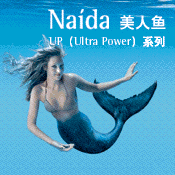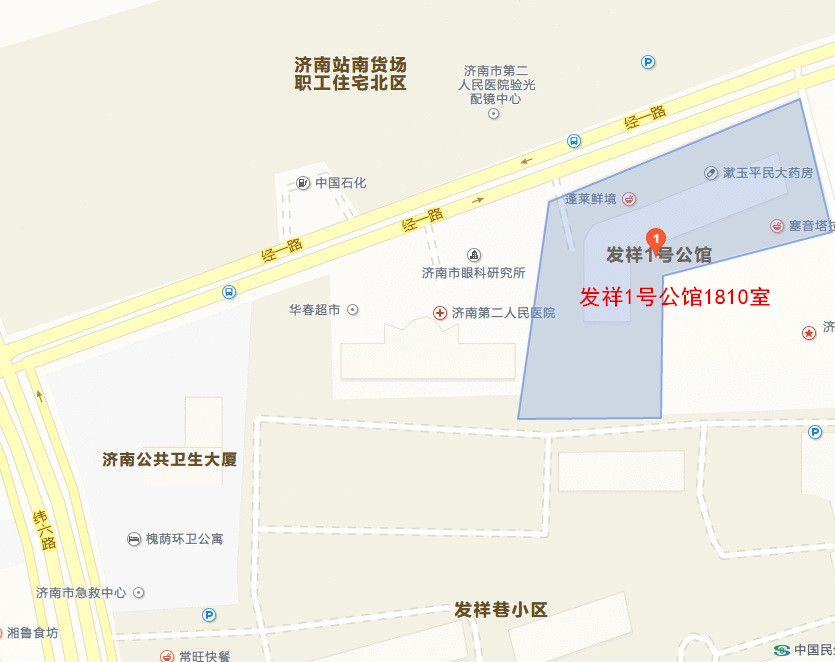南伊利诺大学医学院Coral Tieu 和Kathleen C Campbell最近在耳鼻喉科学Otolaryngology杂志上发表一篇综述,系统总结了噪声性耳聋药物治疗研究的进展。
通过了解噪音性听力损失(NIHL)的基本机制,人们正在开发几个有前途的耳保护药物。相反,这些保护性药物的实验结果与也有助于进一步阐明噪声性听力损失的机制。本文回顾了针对NIHL的耳保护药物的基础研究论文、临床试验已经正在计划中的临床试验。预防和治疗药物包括抗氧化剂、血管扩张剂、糖皮质激素和凋亡通路抑制剂等。关于抗氧化剂,发挥作用的具体机制不同,主要包括D-蛋氨酸、N-乙酰半胱氨酸、依布硒、维生素A、维生素C、维生素E、镁离子ACE、复合维生素矿物质、辅酶Q10、氢气分子、镁离子和地塞米松等。文章对这些药物的优点、缺点、研究进展进行了简要描述。药物安全性和有效性同样重要,针对具体患者都需要认真对待。尽管目前没有任何一种噪声性听力损失的治疗药物被PDA批准,但不久的将来,有希望有部分药物可以被批准用于临床。另外,通过对噪声性听力损失病理生理学机制的理解,人们可以发展出理想的治疗药物。
文章中关于氢气的描述,并没有全面总结这方面的进展,至少关于氢气治疗噪声耳聋有3篇论文发表,但作者只针对其中一篇进行了分析,显然是不全面的。
Lin et al. showed protection against TTS and accelerated recovery
of distortion product otoacoustic emissions (DPOAEs), a measure of
outer hair cell function, using molecular hydrogen [11]. Molecular
hydrogen is a known therapeutic and preventive antioxidant that
selectively reduces the hydroxyl radical, the most cytotoxic of the ROS
[79]. To test its otoprotective abilities, guinea pigs received either plain
water or hydrogen-rich water for 14 days prior to noise exposure.
The animals then received 115 dB SPL 4 kHz octave band noise for 3
hours. All animals underwent auditory brainstem response (ABR) and
DPOAE testing before treatment and then immediately, 1, 3, 7 and 14
days post noise exposure. Compared to plain water controls, the ABR
thresholds at 2 and 4 kHz were significantly better in the hydrogensupplemented
animals on post-noise days 1, 3 and 14. The hydrogentreated
animals also showed greater amplitude of DPOAE input/
output growth functions during recovery with statistical significance
on post-noise days 3 and 7. This study further supports the antioxidant
theory of otoprotection and suggests that hydrogen can facilitate hair
cell recovery following noise exposure and attenuate TTS.
Current Pharmacologic Otoprotective Agents in or Approaching Clinical Trials: How They Elucidate Mechanisms of Noise-Induced Hearing Loss
Through understanding the underlying mechanisms of noise-induced hearing loss (NIHL), several promising pharmacologic otoprotective agents are in development. Conversely, the experimental results with these protective agents further elucidate NIHL mechanisms. This article reviews the major classes of otoprotective agents for NIHL that have undergone published peer reviewed clinical trials, or are currently in or approaching FDA approved clinical trials. Both prophylactic and rescue agents are included. The classes of agents include antioxidants, vasodilators, and glucocorticoids. Apoptotic pathway inhibitors are briefly mentioned. For antioxidants, some of the differences in the exact antioxidant mechanisms are included. Protective agents reviewed include D-methionine, N-acetylcysteine, ebselen, ACE Mg, Acuval, CoQ10, molecular hydrogen, magnesium as a single agent, and dexamethasone. The advantages, disadvantages, and state of development are included for each agent. Both safety and efficacy are considered as are considerations for specific patient populations if known. Further, results of animal and clinical trials are briefly described from the published literature. Although no pharmacologic agent is yet approved by the FDA for clinical use to prevent or treat noise induced hearing loss at this time, it is hoped that within the next decade and perhaps within the next few years one or more agents will be available for clinical use. Further it is hoped that through an understanding of the underlying mechanisms and noise-induced hearing loss and otoprotection, even more safe and effective pharmacologic otoprotective agents will be developed.
通过了解噪音性听力损失(NIHL)的基本机制,人们正在开发几个有前途的耳保护药物。相反,这些保护性药物的实验结果与也有助于进一步阐明噪声性听力损失的机制。本文回顾了针对NIHL的耳保护药物的基础研究论文、临床试验已经正在计划中的临床试验。预防和治疗药物包括抗氧化剂、血管扩张剂、糖皮质激素和凋亡通路抑制剂等。关于抗氧化剂,发挥作用的具体机制不同,主要包括D-蛋氨酸、N-乙酰半胱氨酸、依布硒、维生素A、维生素C、维生素E、镁离子ACE、复合维生素矿物质、辅酶Q10、氢气分子、镁离子和地塞米松等。文章对这些药物的优点、缺点、研究进展进行了简要描述。药物安全性和有效性同样重要,针对具体患者都需要认真对待。尽管目前没有任何一种噪声性听力损失的治疗药物被PDA批准,但不久的将来,有希望有部分药物可以被批准用于临床。另外,通过对噪声性听力损失病理生理学机制的理解,人们可以发展出理想的治疗药物。
文章中关于氢气的描述,并没有全面总结这方面的进展,至少关于氢气治疗噪声耳聋有3篇论文发表,但作者只针对其中一篇进行了分析,显然是不全面的。
Lin et al. showed protection against TTS and accelerated recovery
of distortion product otoacoustic emissions (DPOAEs), a measure of
outer hair cell function, using molecular hydrogen [11]. Molecular
hydrogen is a known therapeutic and preventive antioxidant that
selectively reduces the hydroxyl radical, the most cytotoxic of the ROS
[79]. To test its otoprotective abilities, guinea pigs received either plain
water or hydrogen-rich water for 14 days prior to noise exposure.
The animals then received 115 dB SPL 4 kHz octave band noise for 3
hours. All animals underwent auditory brainstem response (ABR) and
DPOAE testing before treatment and then immediately, 1, 3, 7 and 14
days post noise exposure. Compared to plain water controls, the ABR
thresholds at 2 and 4 kHz were significantly better in the hydrogensupplemented
animals on post-noise days 1, 3 and 14. The hydrogentreated
animals also showed greater amplitude of DPOAE input/
output growth functions during recovery with statistical significance
on post-noise days 3 and 7. This study further supports the antioxidant
theory of otoprotection and suggests that hydrogen can facilitate hair
cell recovery following noise exposure and attenuate TTS.
Current Pharmacologic Otoprotective Agents in or Approaching Clinical Trials: How They Elucidate Mechanisms of Noise-Induced Hearing Loss
Through understanding the underlying mechanisms of noise-induced hearing loss (NIHL), several promising pharmacologic otoprotective agents are in development. Conversely, the experimental results with these protective agents further elucidate NIHL mechanisms. This article reviews the major classes of otoprotective agents for NIHL that have undergone published peer reviewed clinical trials, or are currently in or approaching FDA approved clinical trials. Both prophylactic and rescue agents are included. The classes of agents include antioxidants, vasodilators, and glucocorticoids. Apoptotic pathway inhibitors are briefly mentioned. For antioxidants, some of the differences in the exact antioxidant mechanisms are included. Protective agents reviewed include D-methionine, N-acetylcysteine, ebselen, ACE Mg, Acuval, CoQ10, molecular hydrogen, magnesium as a single agent, and dexamethasone. The advantages, disadvantages, and state of development are included for each agent. Both safety and efficacy are considered as are considerations for specific patient populations if known. Further, results of animal and clinical trials are briefly described from the published literature. Although no pharmacologic agent is yet approved by the FDA for clinical use to prevent or treat noise induced hearing loss at this time, it is hoped that within the next decade and perhaps within the next few years one or more agents will be available for clinical use. Further it is hoped that through an understanding of the underlying mechanisms and noise-induced hearing loss and otoprotection, even more safe and effective pharmacologic otoprotective agents will be developed.
点击进入:孙学军 专家专栏
免责声明:本文是作者在光明网卫生频道原创专栏内容,其原创性以及文中陈述文字和内容未经本站证实,对本文以及其中全部或者部分内容、文字的真实性、完整性、及时性本站不作任何保证或承诺,请读者仅作参考,并请自行核实相关内容。










